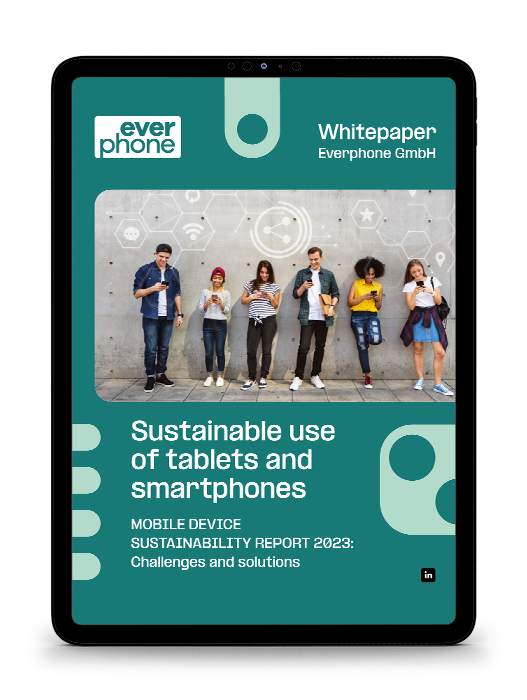Dual SIM
Our glossary explains basic terms and abbreviations relating to mobile working, the use of smartphones and tablets in the corporate environment (Enterprise Mobility) and security aspects in the use of mobile devices.
Dual SIM
Smartphone feature
Dual SIM refers to a smartphone’s ability to accommodate two physical SIM cards or eSIMs. This can be particularly advantageous for mixed use of private and business calls on a single device. It is also often possible to save considerable costs when traveling abroad by using a cheap local SIM card.
Dual-SIM is often implemented as a so-called hybrid solution in Android devices: Users have to choose between a second SIM card and an additional micro-SD card for memory expansion.
Dual SIM active vs. dual SIM standby
Another important difference concerns the actual usage options (usage profiles) of the two SIM cards. The reason for this lies in the hardware itself: Either the smartphone has only one transmit/receive unit (a so-called transceiver) or two.
Dual SIM Active
Dual SIM Active has two transceiver modules. Both SIM cards are therefore ready to transmit and receive in parallel. In principle, it is possible to make and receive calls.
Dual SIM standby
In dual-SIM standby, the second SIM card is not available when calls are made via the first one. The reason for this is that there is only one transceiver. As a rule, callers are then informed about the missed call via SMS. However, call forwarding can be activated on some models so that users can decide whether they would rather accept the second call when it is waiting.
Supported mobile phone standards
Not all (e)SIM slots are equal. Sometimes there are technical restrictions, such as the current fastest mobile standard 5G not being supported with dual-SIM.
It is desirable to have two slots with support for the fast mobile standard LTE (4G). Huawei, for example, calls this feature “Dual 4G SIM”. However, only one card slot supports the fast LTE/4G in some devices. The second slot is then usually only 3G-capable.
Read also:






